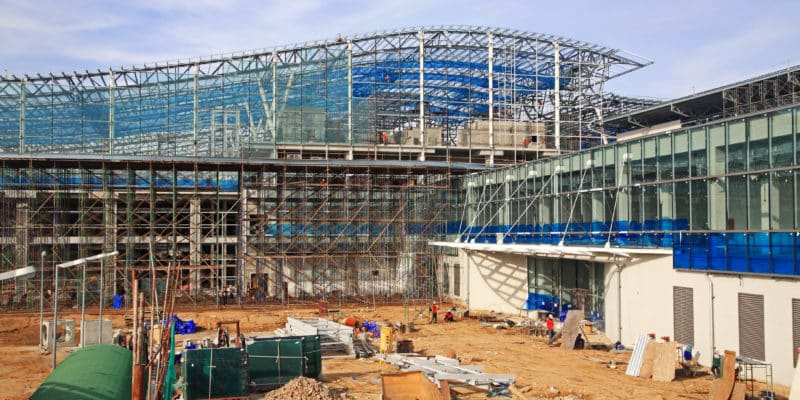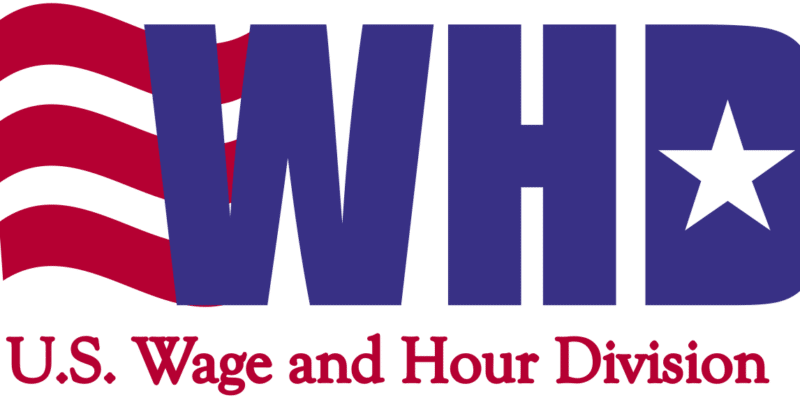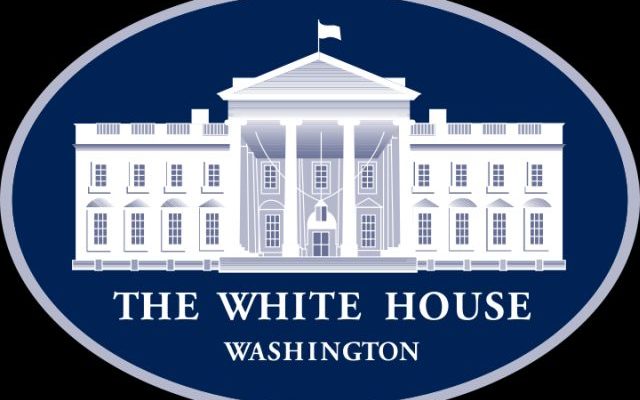The National Law Review
Monday, August 29, 2022
On August 19, 2022, the U.S. Department of Labor’s Office of Federal Contract Compliance Programs (“OFCCP”) published a Notice in the Federal Register regarding a Freedom of Information Act (“FOIA”) request from Will Evans, a Senior Reporter and Producer with the Center for Investigative Reporting (“CIR”). The FOIA request seeks the disclosure of certain government contractor compliance reports submitted to the Equal Employment Opportunity Commission. The OFCCP is allowing affected contractors to submit objections to the FOIA request if they fear confidential commercial information may be disclosed and ultimately published.
The Scope of the Request
The FOIA request was initially made in January 2019 but has been amended multiple times and now seeks all Type 2 Consolidated EEO-1 Report demographic data submitted by federal contractors and first-tier subcontractors from 2016-2020. The request does not include EEO-1 requests from single-establishment (Type 1) contractors, other EEO-1 reports filed by Type 2 (multi-establishment) contractors or Component 2 reports with compensation data. Type 2 Consolidated EEO-1 Reports are consolidated reports of demographic data for all employees at headquarters as well as all establishments, categorized by race/ethnicity, sex, and job category. OFCCP estimates that nearly 15,000 companies filed reports subject to the FOIA request. A company can use the EEO-1 Online Filing System’s historic data to determine if they filed EEO-1 Reports between 2016 and 2020.
What If I Don’t Want My EEO-1 Reports Made Public?
FOIA grants the public the right to request access to records from any federal agency. However, there are certain exemptions that allow agencies to redact – or entirely withhold – certain requested information. In its Notice, the OFCCP states it believes that the information requested may be protected from disclosure under FOIA Exemption 4 – which protects disclosure of confidential commercial information.
Accordingly, OFCCP is now requesting that any federal contractor who filed a Type 2 Consolidated EEO-1 Report as a federal contractor between 2016 and 2020 and who wishes to object to the disclosure of the information submit an objection to the OFCCP by September 19, 2022.
How Do I Submit an Objection?
Because of the large number of affected companies, OFCCP has established a portal for contractors to submit written objections. While the OFCCP encourages the use of the portal, objections may also be submitted via email to OFCCPSubmitterResponses@dol.gov, or by mailing to “ATTN: FOIA Officer (FRN), Office of Federal Contract Compliance Programs, Division of Management and Administrative Programs, 200 Constitution Avenue NW, Room C3325, Washington, DC 20210. All objections, however submitted, must be received by OFCCP by September 19, 2022.









